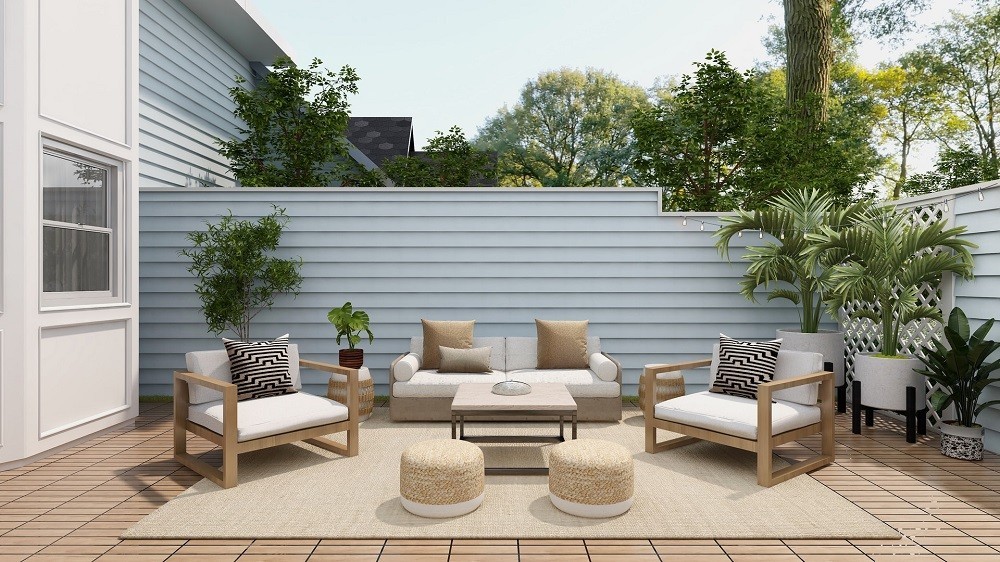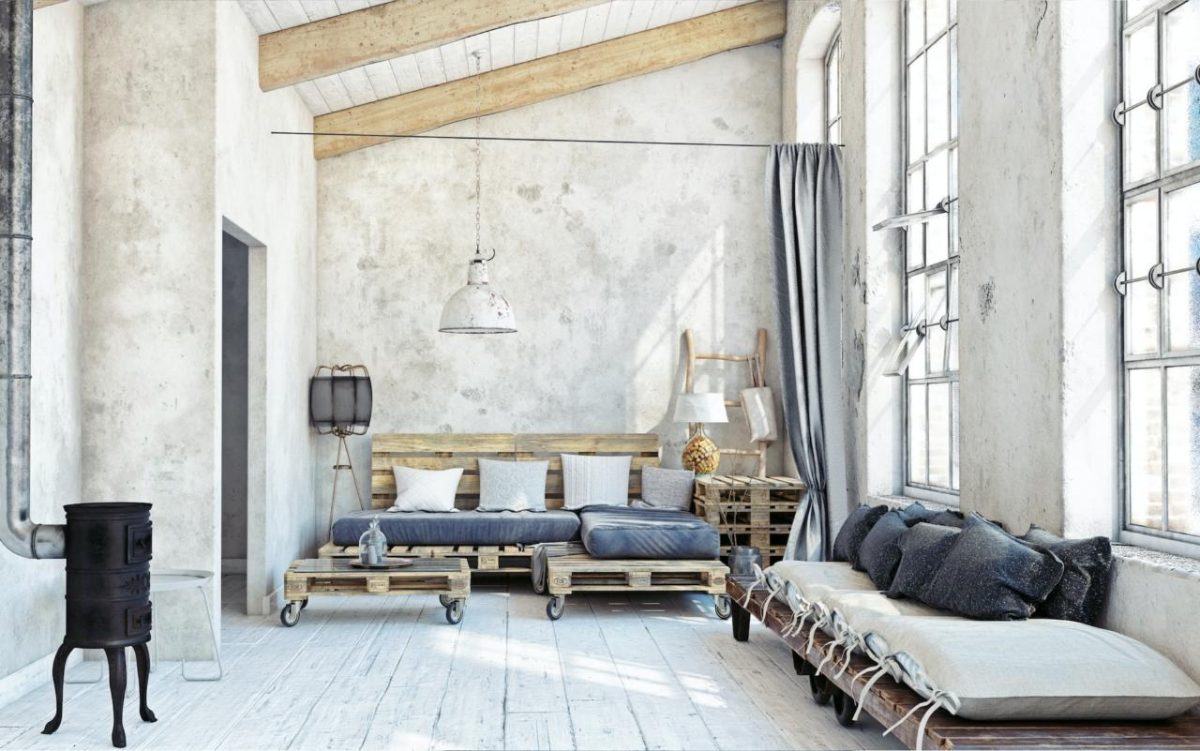Common Mistakes to Avoid When Designing a Fitted Wardrobe
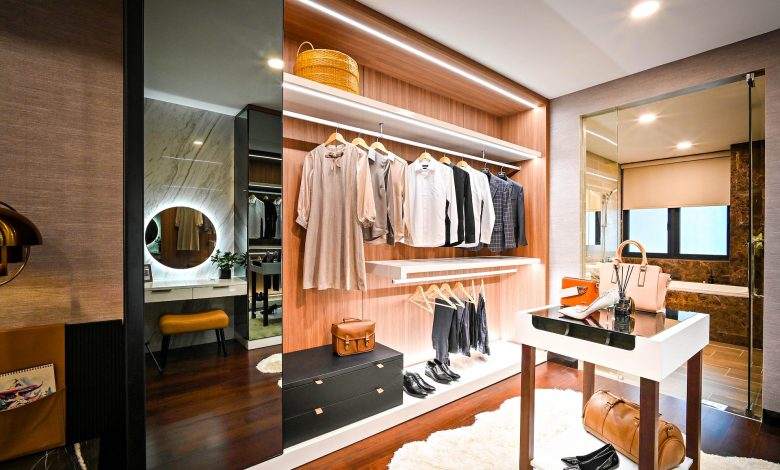
Designing a fitted wardrobe can be an exciting undertaking. The prospect of customised storage that perfectly suits your needs and enhances the aesthetics of your room is incredibly appealing. However, the design process also brings with it a host of potential pitfalls. Mistakes can be costly, both in terms of time and money. To help you navigate the process smoothly, we’ve compiled a list of common mistakes to avoid when designing a fitted wardrobe.
Ignoring the Space You Have
One of the most common mistakes people make is not accurately assessing the space they have available for the fitted wardrobe.
Incorrect Measurements
Incorrect measurements can lead to a wardrobe that’s either too small or too big for your space. Ensure you accurately measure the height, width, and depth of the intended space. Don’t forget to consider any sloping ceilings, alcoves, or existing features like radiators and sockets.
Overlooking Room Layout
Ignoring the overall layout of the room is another common mistake. Your fitted wardrobe should complement your room’s layout, not obstruct it. For example, make sure the wardrobe doors won’t hinder access to windows, doors, or other furniture when open.
Overlooking Your Storage Needs
Designing a fitted wardrobe without a clear understanding of your storage needs is like shooting in the dark.
Lack of Customisation
Fitted wardrobes offer a plethora of customisation options. Not utilising this to suit your personal needs is a missed opportunity. Do you have long dresses that need full-length hanging space? Or do you need more shelves for folded clothes? What about shoe storage? Assess your belongings and design accordingly.
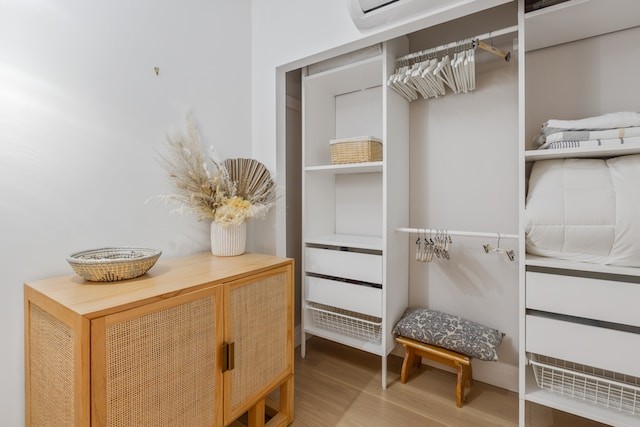
Overstuffing
Resist the urge to cram in as many features as possible. It’s important to strike a balance between maximising storage and maintaining usability. Too many compartments can make your wardrobe feel cluttered and difficult to organise.
Choosing Style Over Function
While a fitted wardrobe can significantly enhance your room’s aesthetics, prioritising style over function can be a costly mistake.
Inappropriate Material Selection
Selecting materials based purely on their looks, without considering their durability and maintenance, can lead to premature wear and tear. For instance, high-gloss finishes might look sleek, but they show fingerprints and scratches more easily than matte finishes.
Neglecting Lighting
Neglecting to incorporate sufficient lighting in your fitted wardrobe design can result in a beautiful but impractical storage solution. Consider integrating internal lighting or ensure there’s adequate ambient light to easily find your items.
Rushing the Design Process
The design process requires careful thought and shouldn’t be rushed.
Neglecting Professional Advice
While it might be tempting to design your fitted wardrobe yourself to save money, professional designers have the experience and knowledge to help you avoid common pitfalls. They can provide invaluable advice on optimising your space and choosing materials.
Failing to Future-Proof
Tastes and needs can change over time. Failing to future-proof your fitted wardrobe design can result in a storage solution that becomes obsolete. For example, if you’re planning a family, you might want to include adjustable features that can be easily reconfigured.
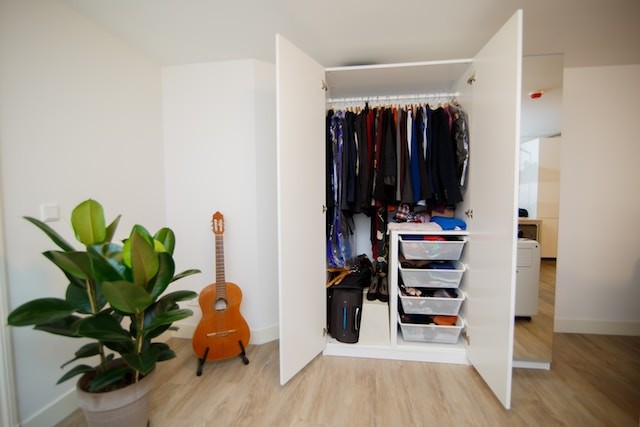
Overlooking Installation
Finally, don’t make the mistake of overlooking the importance of professional installation.
DIY Installation
While it might seem like a cost-saving solution, DIY installation can be a false economy if things go wrong. Professional installers have the necessary skills and tools to ensure your fitted wardrobe is installed correctly and safely.
Not Preparing the Space
Not preparing your space adequately before installation can cause unnecessary delays. Make sure the area is clear of furniture and other items to allow easy access.
Conclusion
Designing a fitted wardrobe is a significant undertaking that requires careful planning and consideration. By being aware of these common mistakes, you can avoid potential pitfalls and ensure you end up with a storage solution that not only looks good but also meets your needs and stands the test of time. Remember, the ultimate goal of a fitted wardrobe is to create an organised space that makes your daily routine easier and more enjoyable.

